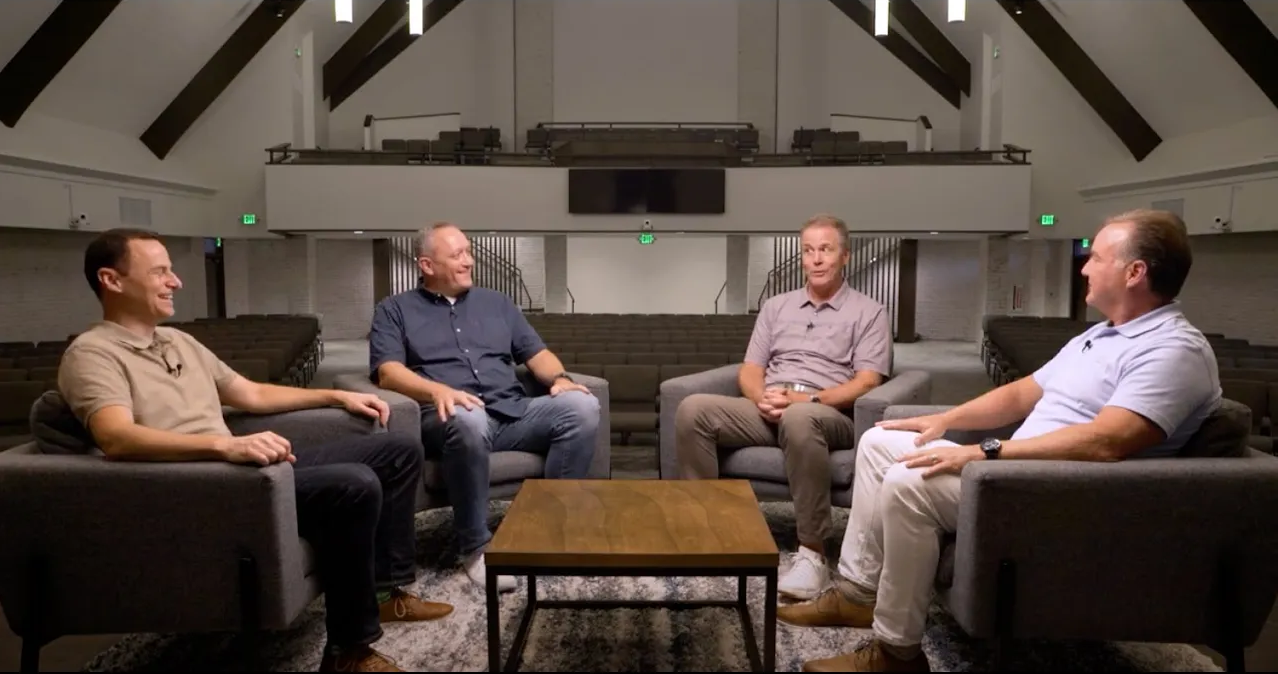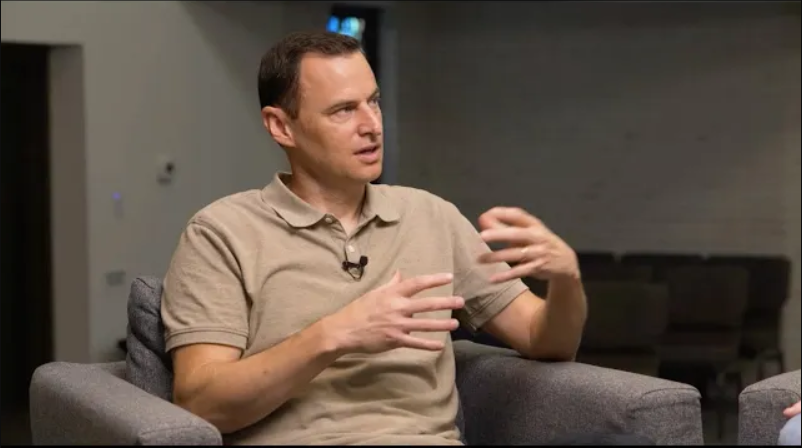Better to have a plan and not need it, than to need a plan and not have it.
Being a leader can be hard. Leaders have to model the way for others to follow, inspire a shared vision, challenge processes, enable others to act, and care for those they lead. If that doesn't sound familiar, you should definitely read The Leadership Challenge: How to Make Extraordinary Things Happen in Organizations by Kouzes & Posner.
Being a leader is also hard because you have to live in two times simultaneously. Leading means being present with people in the now, while also thinking further down the road. It means that in some sense, the present has already happened for you and you’re already thinking about what’s coming.
Friends, Easter has happened in my mind, and it happened online with streaming services while people were still under stay-at-home orders. Those leaders who took the original eight-week estimate the CDC issued two weeks ago to heart knew this as a foregone conclusion.
So what are we to do now? How are we to think, plan, and prepare for the future, especially in a world when predictions seem tenuous at best?
THINK SCENARIOS, NOT PREDICTIONS
Since we don't know the specific details of God's plan, we must regard the future as an array of possibilities rather than a singular outcome. Most of us tend to spend time thinking only about the most likely scenarios in our lives, but if you widen the cone of plausibility just a little, the options can be stunning. Scenarios are stories of diverging futures, different stories about the way the world might turn out tomorrow.
Scenarios are forecasts, not predictions. Predictions are linear; they describe the only future the predictor believes can happen. We often assume that the future will be a simple, linear extension of the present. But the expected, linear future rarely takes place.
ELIMINATE SURPRISE
Scenarios help us plan for alternate futures so there is less likelihood that we will be taken by surprise. Think about a scary movie—would it still be scary if I turned the sound off (removing the creepy noises and the building soundtrack)? What if I told you exactly when the monster was going to appear? Would it still be disturbing? Probably. But by giving you tools to eliminate the surprise of the monster appearing, the effect on you as a prepared viewer are vastly diminished.
Two resources came out last week that I highly recommend for church leaders. One is Ed Stetzer’s article and downloadable presentation “Leadership in Times of Crisis” and another is “Leading Beyond the Blizzard: Why Every Organization Is Now a Startup” by Andy Crouch, Kurt Keilhacker, and Dave Blanchard. Both of these resources call our attention to the distinct possibility–a scenario that must be considered–that COVID-19 has fundamentally altered the landscape of ministry moving forward even after we as a society emerge from the current crisis.
Consider the possibilities they present, evaluate the practical guides that Ed offers on how churches can adapt over time, and allow yourself as a leader to rest and wrestle in the question that Praxis posits: is COVID-19 a storm (a moment in time even if horrendous), a season (requiring temporary norms for a prolonged but defined period of time), or a shift in the status quo?
TIPS FOR PLANNING IN UNCERTAINTY
As leaders, it can feel overwhelming to always need to see around the corner and over the next hill, especially if a dense fog seems to have set in. And when in fact, a fog has shrouded some key variables, how then are we to proceed? We begin with tools that will help us eliminate future surprises. Be careful with the language here- the goal is not to be all-knowing. The goal is to not be caught without the considerations and preparations for future events.
1. Ask “What If…” Questions
“Asking ‘What if?’ in a disciplined way allows you to rehearse the possibilities of tomorrow, and then to take action today empowered by those provocations and insights” (“What If? The Art of Scenario Planning for Nonprofits- GBN). The discipline of these questions comes in what you choose to inquire about. Choose critical uncertainties (these usually range from short term events or wild card events like 9/11 to changes in fads) or predetermined factors that are typically megatrends like increasing ethnic diversity in Houston.
Now propose a critical uncertainty into the status quo, like COVID-19 shutting down in-person worship services until June, and simply follow the trail of answers. What does that do to the summer plans? How long before people feel safe coming to the church building? What if we’ve established new norms through our online groups and devalued physical Sunday school? Allowing yourself to “play” in the future will make the scenarios more robust and thereby eliminate more surprises if you ever need to act on them.
2. Identify Leading Indicators
Leading indicators are signals that point toward one scenario over another. “Leading indicators are signs of potentially significant change. A leading indicator may be something obvious like the passing of a debated piece of legislation, or it may be a subtle sign of a larger societal shift, like a rise in volunteerism. If the leading indicators are selected carefully and imaginatively, they will serve as powerful signals that you need to adapt your strategy to the changing environment. As leading indicators are identified, strategies can be put in place to respond to the emerging reality” (GBN, p.33).
3. Build in Triggers
Triggers are responses to leading indicators and unfolding events that have been planned ahead of time in the relative peacefulness that exists before a crisis happens. Having these triggers prevents second-guessing and losing valuable time to discussions that usually start with, “There has to be another way…” because you know that those ways have already been sought out and dismissed.
Triggers are designed to make decisions easier, but they do not remove the emotions and consequences of those decisions. No one complains when a trigger for seeing smoke is to yell, “FIRE"—even though it creates a stir of wild activity—because the end result is the saving of lives. However, when the trigger is downsizing staff or selling assets, there will be plenty of complaints from those affected by the changes, and the leader will bear the weight of making those tough calls.
4. Build Scenarios With a Group
Some of the best work that comes from developing alternative futures comes from considering multiple perspectives on the same event. It is far easier for a group to challenge each other’s assumptions about the future than it is for a single leader to try and imagine a pantheon of plausible outcomes individually. Beyond the quality of the product that is produced, others will take comfort from the fact that others were given the opportunity to speak into and shape the future actions of the group well before they happen—if indeed they are ever needed.
Leader, I understand the stress of having people in your care, an organization to lead, and a future that is uncertain. In some ways, this is just a typical day because all the dynamics I just mentioned are true every day. But it feels different now, with paradigms possibly changing and mental models being questioned. So now is the time to be proactive, reach out to a group that you trust, and start playing with what the future may hold in order that we may better lead when the future actually unfolds.
#BetterTogether
Josh Ellis is Executive Director of Union Baptist Association. He has a PhD in Leadership Studies and has served on the UBA staff since 2005. With both practical and scholarly knowledge, he leads the association into innovative collaboration for the sake of strategic gospel advancement.











